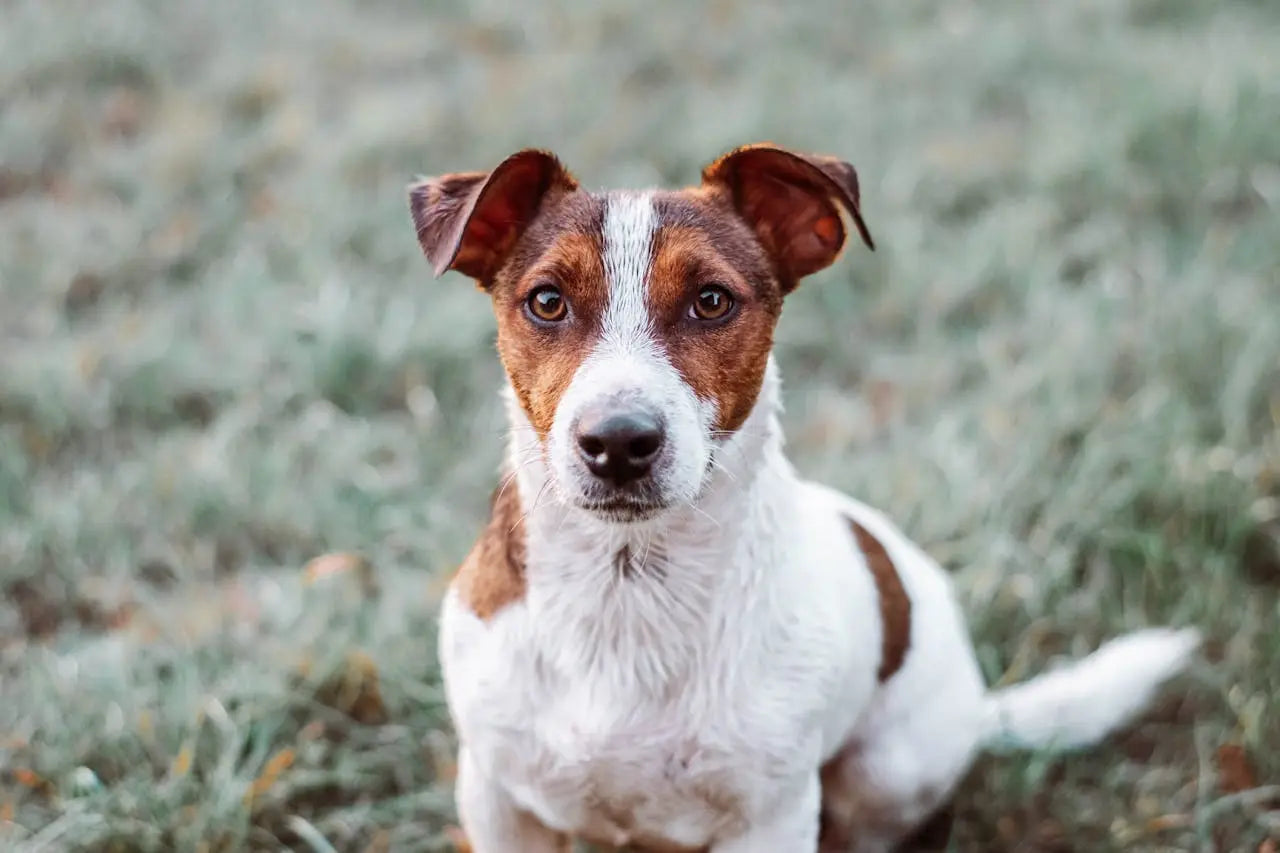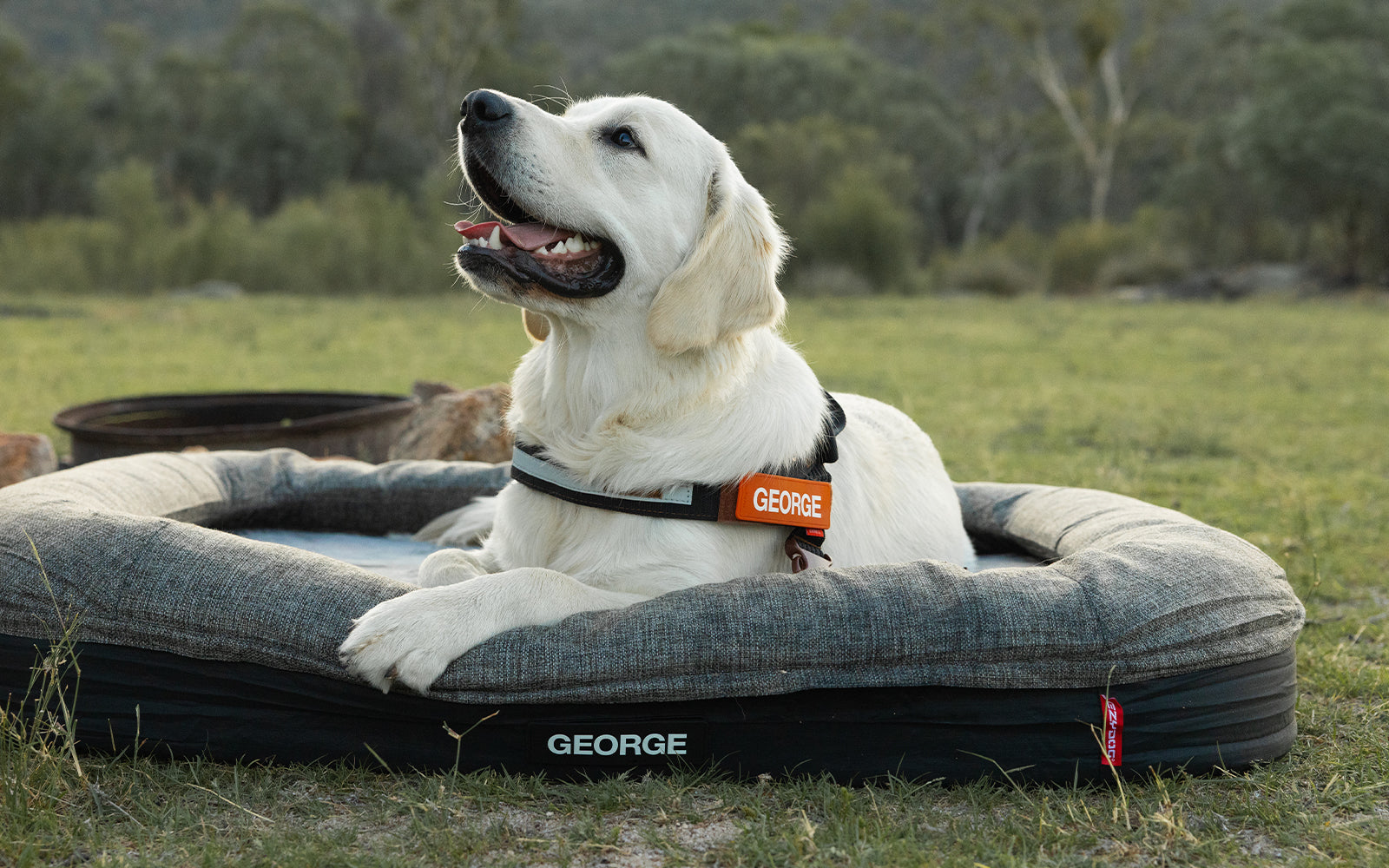
10 Easy Tricks to Teach Your Dog (With Gear & Training Tips)
Training your dog doesn’t have to be complicated or time-consuming. In fact, teaching tricks is not only a great bonding activity but also provides essential mental stimulation, reduces behavioural problems, and builds your dog’s confidence. Whether you’re raising a bouncy puppy or working with an older rescue, trick training brings out the best in your dog.
In this guide, we’ll walk you through 10 easy dog tricks you can start teaching today, plus gear recommendations from EzyDog NZ to make the learning process smoother, safer, and more rewarding. Each trick is paired with real-life tips, training insights, and product suggestions tested by dog lovers for dog lovers.
Explore All Training Gear Here
1. Sit – The Essential Obedience Starter
Why it matters: Sit is a foundational command used in daily situations - before meals, crossing roads, or greeting guests. It’s the perfect starting point for any training journey.
How to teach: Hold a treat just above your dog’s nose, then slowly raise it upwards. As their head tilts back, their rear naturally lowers. Once seated, say “Sit,” reward, and praise.
Trainer Tip: Consistency is key. Practice before mealtime to maximise motivation.
Recommended Gear:
-
Trainer Lite Leash with Traffic Control for positioning
-
SnakPak Pro Treat Bag for quick rewards
2. Shake Paw / High Five
Why it matters: This fun and friendly trick encourages positive interaction and teaches your dog to offer a limb voluntarily. great for vet visits and grooming too!
How to teach: With your dog in a sit, say “Shake,” gently lift their paw, and reward. Repeat until they start offering the paw unprompted.
Enrichment Tip: Progress into “High Five” by raising your hand slightly higher each time.
3. Lie Down – Encouraging Calm Energy
Why it matters: “Down” is excellent for calming energetic dogs and preparing them for advanced tricks.
How to teach: From a sitting position, hold a treat at nose level, then slowly bring it down to the floor between their front legs. When your dog follows and lies down, say “Down,” then reward.
Trainer Insight: This command is especially useful during overstimulating moments or public outings.
4. Stay / Wait – Teaching Impulse Control
Why it matters: Teaches your dog to pause and stay still, helping during mealtimes, door greetings, or leash attachment.
How to teach: Ask for a “Sit,” then say “Stay.” Take one step back. If your dog doesn’t move, mark and reward. Build distance and time gradually.
Recommended Gear:
-
Checkmate Training Collar for soft correction
-
High-reward treats for delayed gratification

5. Come (Recall)
Why it matters: A reliable recall could save your dog’s life. It’s a must-have skill for off-leash adventures.
How to teach: Start indoors. Say your dog’s name and “Come” in a cheerful voice. Reward when they approach. Use a long lead outdoors for controlled practice.
Recommended Gear:
-
Track n Train Long Leash for safe distance training
Life Hack: Never punish your dog for coming, even if they were naughty beforehand.

6. Leave It / Take It – Building Self-Control
Why it matters: Prevents your dog from grabbing dangerous or inappropriate items.
How to teach: Hold a treat in a closed hand and say “Leave it.” When your dog backs away, say “Yes!” and give a different treat.
Recommended Gear:
-
Clicker or verbal marker
-
SnakPak Treat Belt for timing rewards

7. Touch (Hand Targeting)
Why it matters: Builds engagement, helps shy dogs, and is the foundation for many agility and service dog tasks.
How to teach: Hold out your palm near your dog’s nose. Say “Touch.” When they move to sniff or bump your hand, mark and reward.
Advanced Application: Use “Touch” to redirect attention or guide through doorways.
8. Spin / Twirl – Add Some Flair
Why it matters: This trick is fun, visually impressive, and excellent for focus and flexibility.
How to teach: Use a treat to lure your dog in a circle. Once completed, mark with “Yes!” and reward. Add the cue word “Spin.”
Pro Tip: Teach both clockwise and anti-clockwise directions.
9. Roll Over – Advanced Body Awareness
Why it matters: Combines obedience and motor skills into one impressive trick.
How to teach: From a lying down position, lure their head back over the shoulder. Help them roll onto their back. Reward once fully rolled.
Trainer Insight: Use a soft surface like a dog bed or carpet for comfort.
10. Go to Bed / Mat
Why it matters: Teaches your dog to settle independently — great during dinner, visitors, or rest time.
How to teach: Place a mat or towel on the floor. Say “Go to bed,” then lure your dog onto it. When all four paws touch the mat, reward.
Recommended Gear:
-
A specific dog mat
-
Command Clicker for accurate timing

Comparison Table – Which Trick to Start With?
|
Trick |
Difficulty |
Best For |
Suggested Gear |
|
Sit |
Easy |
All dogs |
Trainer Leash, SnakPak Treat Bag |
|
Shake |
Easy |
Puppies, bonding |
Treats |
|
Lie Down |
Easy |
Calming energy |
Clicker, Treats |
|
Stay |
Medium |
Impulse control |
Checkmate™ Collar, Treat Bag |
|
Come |
Medium |
Off-leash safety |
Track ‘n’ Train Long Lead |
|
Leave It |
Medium |
Avoiding distractions |
Clicker, High-value treats |
|
Touch |
Easy |
Focus, shy dogs |
Clicker |
|
Spin |
Easy |
Mental stimulation |
Treats |
|
Roll Over |
Medium-Hard |
Confidence building |
Treats, soft flooring |
|
Go to Bed |
Medium |
Calm settling |
Mat or towel, Treats |
Recommended Training Gear for Success
|
Product Type |
Recommended Item |
Use Case |
|
Lead |
For close control & positioning |
|
|
Long Line |
Recall & distance training |
|
|
Collar |
Humane correction during training |
|
|
Treat Bag |
Instant reward delivery |
|
|
Clicker |
Precision marking for behaviour |
Frequently Asked Questions: Dog Tricks Basics
1. How early can I start trick training my puppy?
You can start with basic tricks like "Sit" and "Touch" as early as 8 weeks old, using soft treats and gentle guidance.
2. How long should training sessions be?
Keep sessions short and positive—5 to 10 minutes is ideal. End on a win to keep your dog eager.
3. What if my dog loses interest?
Switch to higher-value treats, take a break, or change the environment. Motivation can vary with mood, time, and energy levels.
4. Are collars or harnesses better for training?
Use a training collar for precise control and correction, or a no-pull harness if your dog is still learning leash manners.
5. Can older dogs learn tricks, too?
Absolutely! Older dogs often focus better and may learn tricks faster with the right motivation and patience.
6. How do I keep my dog motivated to learn tricks?
Use high-value rewards, mix up sessions, and celebrate every small success. Make it fun!
Final Thoughts
Teaching your dog tricks isn’t just about impressing your mates—it helps build trust, improve behaviour, and give your dog valuable mental stimulation. With the right gear and positive reinforcement, you’ll both look forward to every training session.
Ready to get started? Explore EzyDog’s Training Gear and turn daily play into real results. Let every tail wag be a sign of progress.




Leave a comment
This site is protected by hCaptcha and the hCaptcha Privacy Policy and Terms of Service apply.